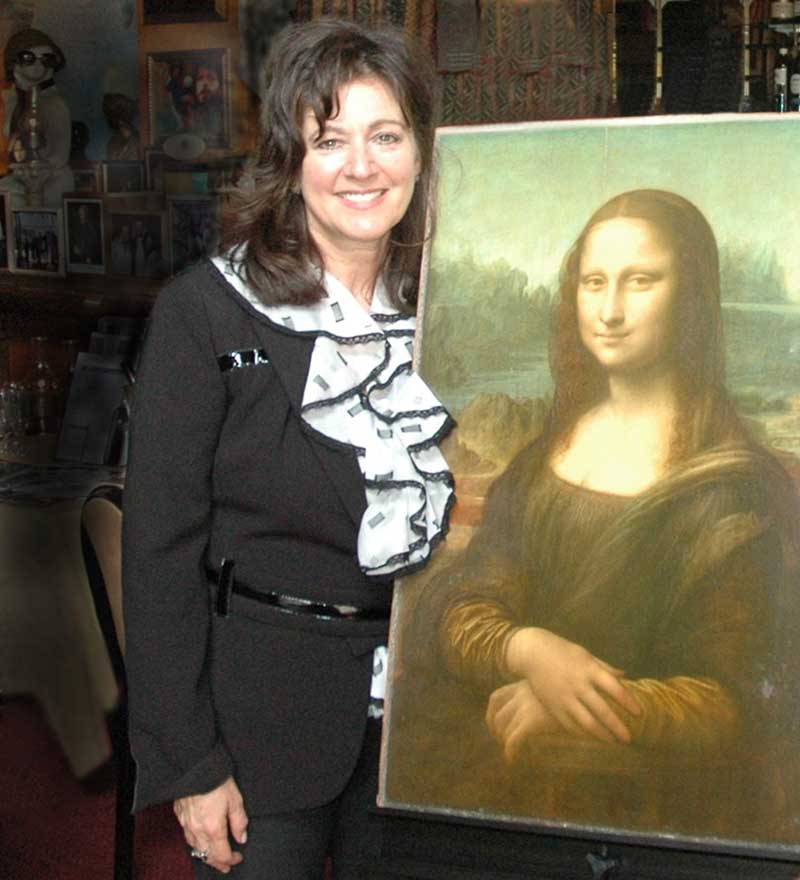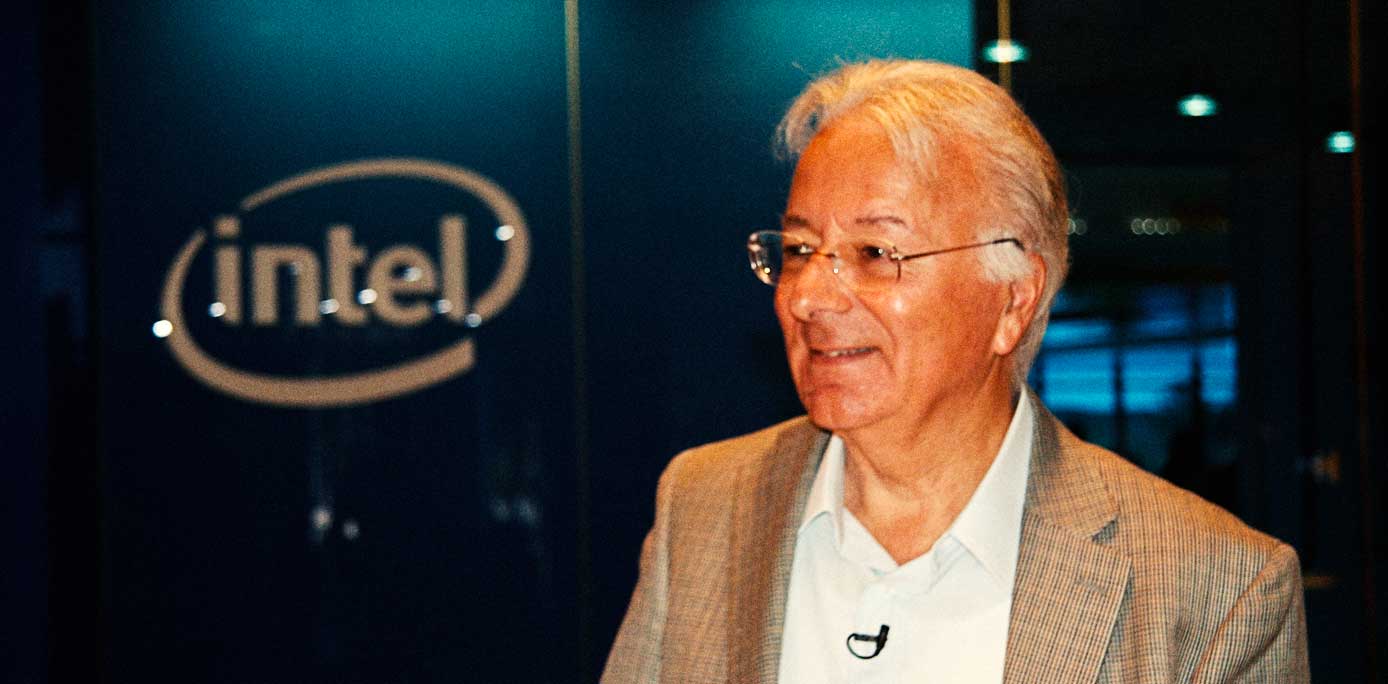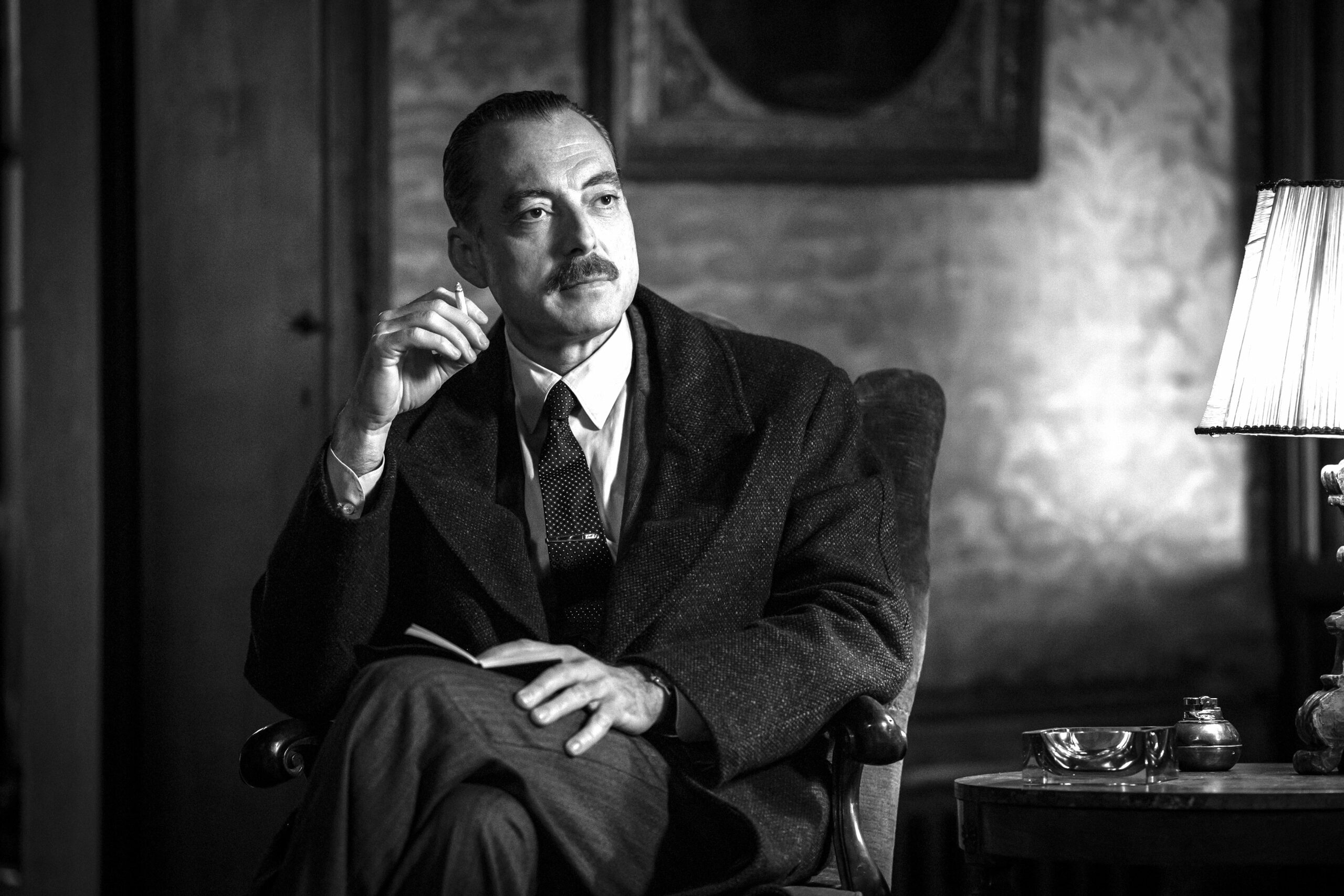Italians are portrayed as authorities in a wide variety of occupations and vocations, including artists, designers, entrepreneurs of all types, chefs, and any number of other colorful occupations, including farmer. You know the word, contadino.
If we take a look at the history of organic farming, we can clearly see that Italy was at the forefront of pioneering methods dating back to the 1960s. In 1990 the first International Conference of Organic Agriculture in the Mediterranean countries, the AgriBioMediteraneo, was held in Vignola, Italy, and in 2008, the 16th Organic World Congress of the International Federation of Organic Agriculture was held in Modena. Certainly early Bay Area immigrant farmers did not have such lofty goals in mind. They were focused on surviving everyday challenges, providing for their families and maintaining some semblance of their Italian culture while assimilating into their American lives.
San Francisco’s Original Italian Produce Market
One of the first farmers’ markets in San Francisco was the Colombo Market. It not only helped drive the local economy, it was a unifying factor in the Bay Area’s Italian community.
Typical of the early giardinieri (gardeners) was Nicola Marini, an immigrant from Genoa who grew vegetables on the site of what is now San Francisco’s Civic Center in the mid-1800s. Farmers like Nicola and their farms sprang up all over the city where sandy soil became quite fertile when combined with compost and fertilizer.
Originally, produce was sold on sidewalks, but in 1874 the San Francisco Gardeners and Ranchers Association organized a proper venue called the Colombo Market, a San Francisco version of London’s Covent Garden. This area on Davis Street, near Front and Pacific Streets, was rented for $750. It soon became a fast-paced, bustling conglomeration of men, trucks, boxes of produce piled high with colorful vegetables and fruits surrounded by modest wooden buildings housing bars, restaurants and rooming houses.

We applaud the men and women that established San Francisco’s Colombo Market back in the 1870s. It expanded over the years and by the early 1920s it grew into the area known as the San Francisco Produce District. The Colombo Market morphed taking over a full city block near the Embarcadero, in the area bounded by Pacific, Front, Davis, and Jackson Streets. Unfortunately it was closed in the early 1960s to make way for the Golden Gateway redevelopment project. The site is now Sydney G. Walton Square, where only the old brick entrance arch remains, a forlorn reminder of the City’s produce industry epicenter.
Thieves’ Highway
What does a movie title like Thieves’ Highway have to do with farmers’ markets? Quite a bit, actually. Most of this 1949 film was shot in what had been the Italian produce district of San Francisco. It made the big-time on the big-screen as the subject of this film noir drama starring Italian actress Valentina Cortese and Richard Conte, a well-known actor born of Italian-American parents. The superb black and white cinematograph eloquently captures the rough, early days of San Francisco’s lively produce district.
Originally part of the notorious Barbary Coast, by 1911 the area eventually transformed into the produce district that housed the businesses depicted in the film. They included the John DeMartini Produce Company, Scatena-Galli Fruit Company, and movie character Mike Figlia’s concern which was in actuality Half Moon Fruit and Produce Company. The vintage image you see here was taken from Washington Street looking down the bustling Davis Street. The description of the original 1945 photograph reads: “Insufficient parking freezes traffic – The first hundred trucks in the area absorb limited space and other double and triple park. As many as 600 trucks in the area have been counted at one time.” How aptly that describes the scene that sets the stage for the film.
Although over 65 years old, Thieves’ Highway is regularly aired on classic television channels. Often hailed as memorable, the film depicts the lives of characters like truck drivers, farmers, businessmen, and hustlers living a rough, seemingly seedy existence. Although shabby, their lives are none-the-less a poignant portrayal of what it takes to eke out a living and merely survive.
The markets on today’s streets sell directly to consumers in colorful and clean booths not at all reminiscent of the wholesale markets lining the city’s streets in the 20th century but the original Italian roots are still there.
In a future article, L’Italo Americano will continue the story of San Francisco’s markets with John Brucato, a farmers’ market pioneer responsible for the convenient markets of present day, including the successful Alemany Farmers’ Market. Look for updates on the proposed new North Beach Farmers’ Market and the flourishing Ferry Plaza on the Embarcadero, with highlights of the market’s successful Italian vendors.
































